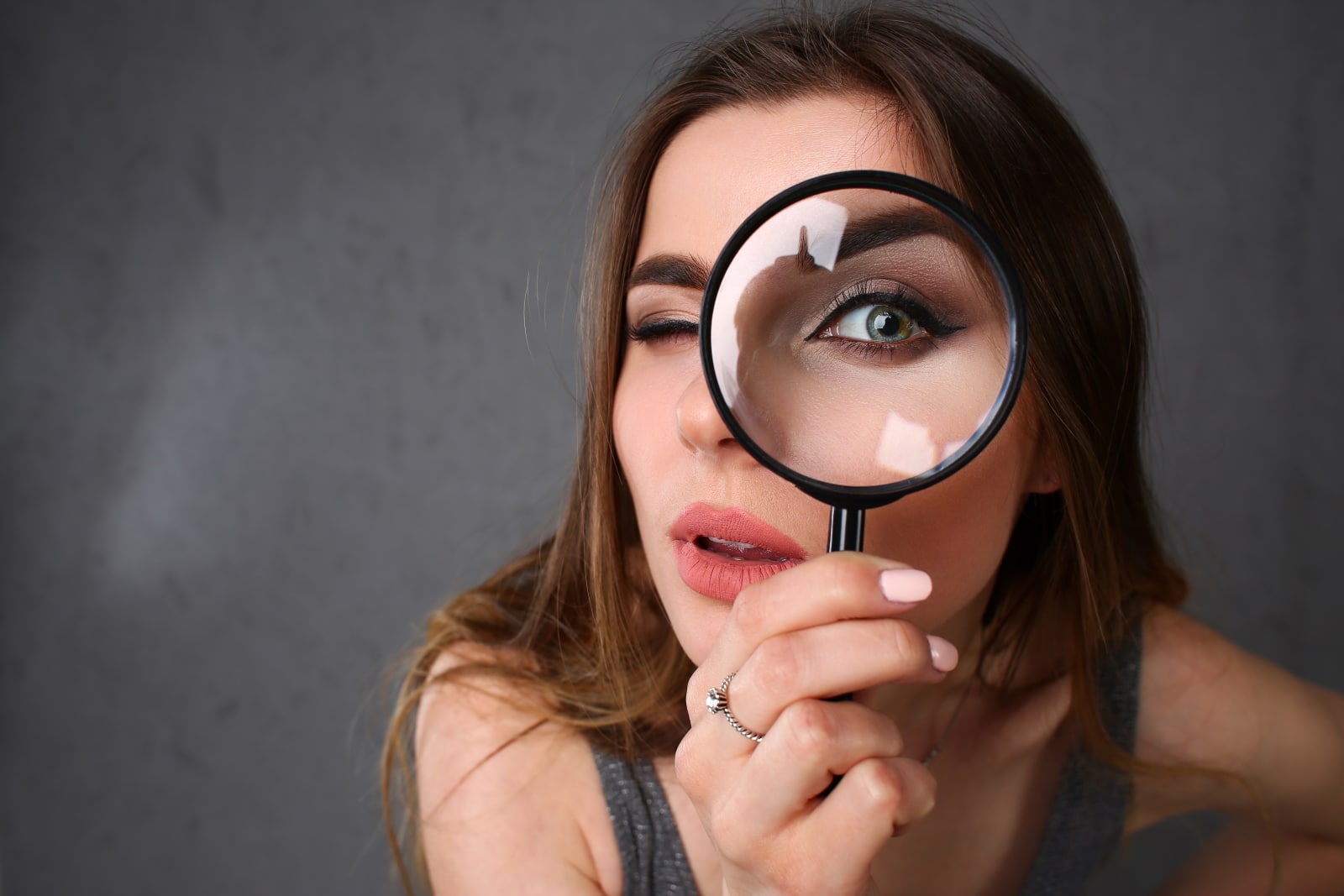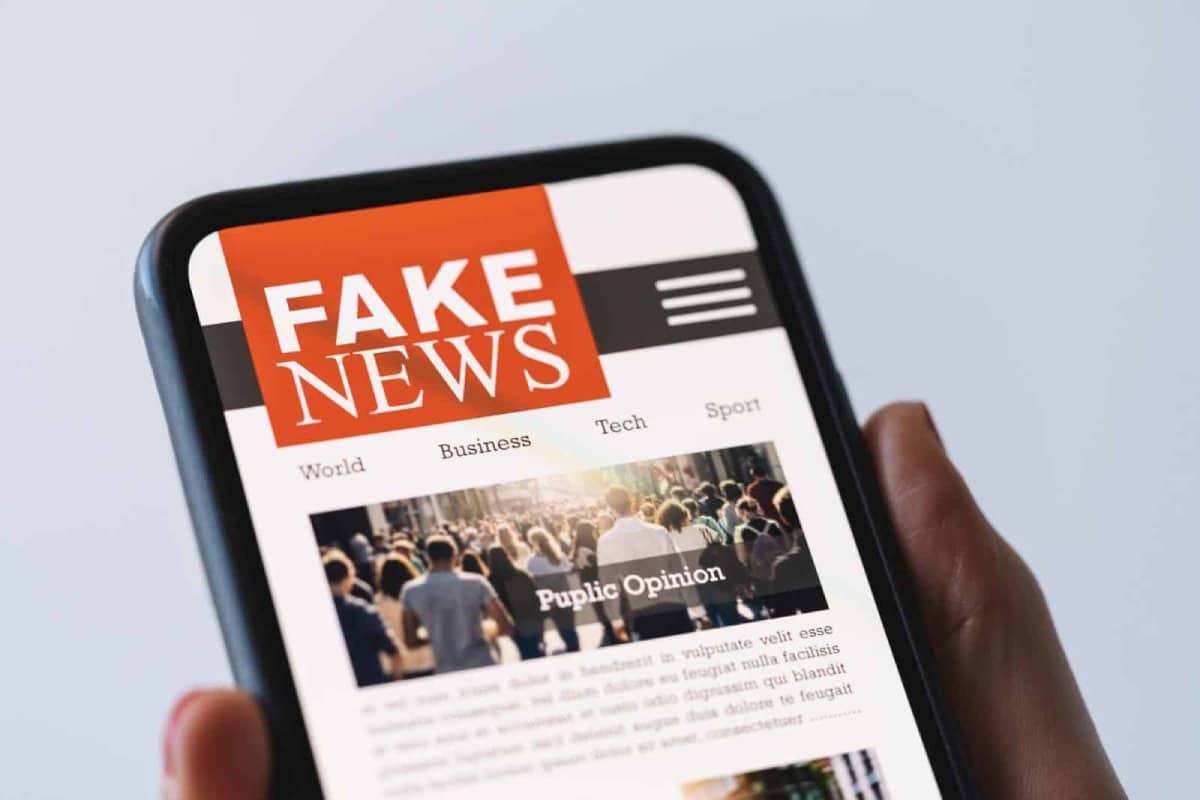In today’s digital age, we are constantly inundated with information from various sources, making it increasingly difficult to differentiate between what’s true and false. With the rise of social media and the ease of sharing information online, fake news has become a growing concern.
Knowing What Is Real

Fake news is a type of false information spread intentionally or unintentionally, often with the aim of misleading the public. It is crucial to identify fake news to prevent the spread of misinformation. Here are 10 ways to spot fake news:
1. Check the Source

Always check the source of the information you are reading. Is it a credible news outlet or a blog with no verifiable sources? Be wary of sources that are not well-known or those that have a history of publishing false information.
2. Verify the Story With Other Sources

If a story seems too good or too bad to be true, it probably is. Verify the story with multiple sources before believing or sharing it. Check for links to credible sources or research studies to confirm the facts presented. If a news story lacks evidence, it may be a sign of fake news.
3. Look at the Author’s Credentials

Check the author’s credentials to see if they are an expert in the field they are writing about. If not, it is possible they are not qualified to write about the topic.
If the author is not named, it may be a sign of fake news. If the author has a history of spreading false information, it may be best to disregard the article.
4. Check the Date

Check the date of the article. Sometimes, fake news stories are recycled from years ago and presented as current events. If a news story is outdated, it may not be relevant or accurate anymore.
5. Check for Bias

Every news outlet has its own bias, but some are more biased than others. Be aware of the bias of the source and look for information that presents both sides of the story. This bias can lead to the manipulation of facts, leading to fake news.
6. Check the URL

Scammers often create fake news sites that mimic the URL of legitimate news sites. Check the URL carefully to make sure it is legitimate. Always double-check the URL to ensure it matches the legitimate news source you are familiar with.
Additionally, pay attention to the domain name of the URL. Domains ending with .com or .org are often used for legitimate news sites, while domains ending in .com.co or .lo are often used for fake news sites.
7. Fact-Check the Information

Use fact-checking websites to verify the information presented in the article. Fact-checkers use sources to verify whether the information presented in the article is accurate.
8. Watch Out for Clickbait Headlines

Clickbait headlines are designed to get people to click on the article. Be wary of headlines that are overly sensational or misleading. Be cautious of headlines that attempt to elicit strong emotions, such as fear or anger. Before believing a headline, read the entire article to understand the story better.
9. Be Cautious on Social Media

Social media is often used to spread fake news. Always verify the information before sharing it on social media. Do not share news stories without verifying their authenticity. Share news stories only from credible sources, and ensure that the information is accurate and trustworthy.
10. Be Skeptical of Quotes

Fake news stories may use quotes from non-existent people or sources to lend credibility to their claims. Verify the source of the quotes and ensure they are from a credible source. If a quote cannot be traced back to a credible source, it may be a sign of fake news.
Be Vigilant

It is important to be vigilant and use critical thinking skills to identify fake news. By checking sources, verifying stories, fact-checking information, and thinking critically, we can help prevent the spread of misinformation.
The post Top 10 Strategies to Spot Fake News first appeared on Lists Lovers.
Featured Image Credit: Shutterstock / r.classen.

